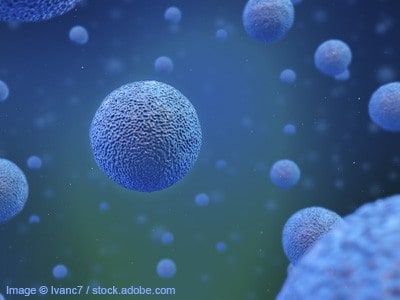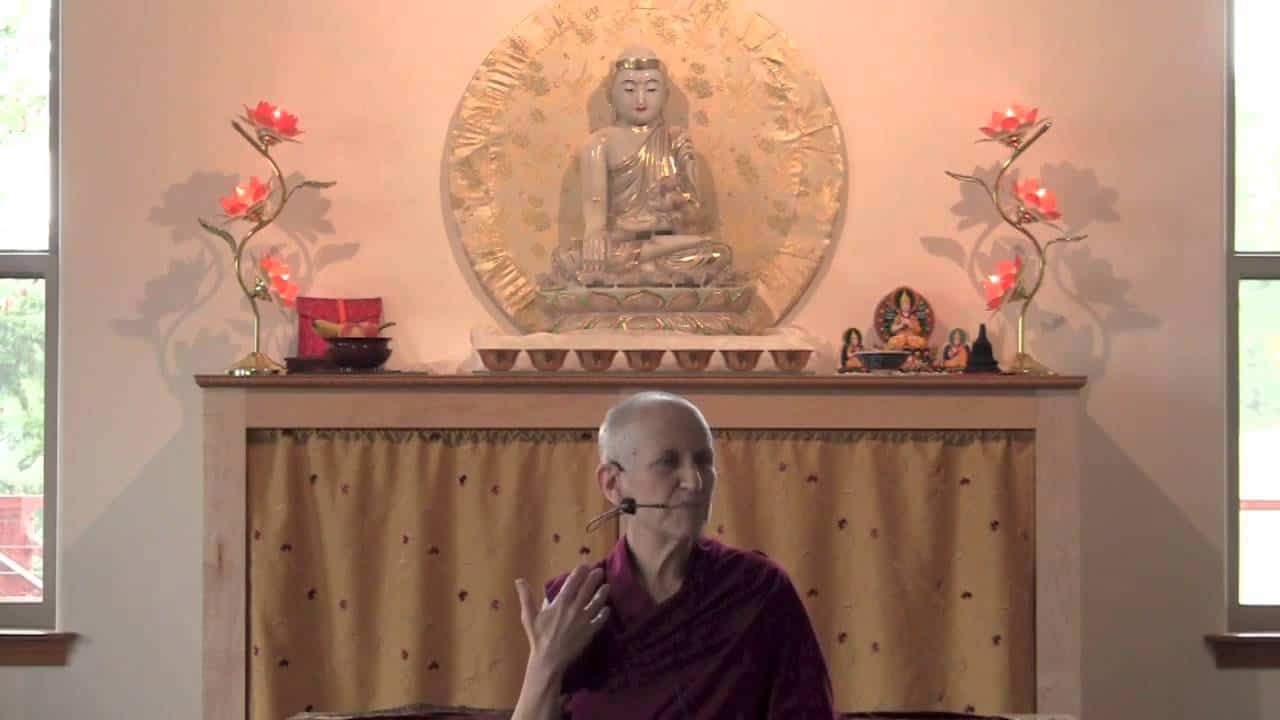Who am I? Really
Who am I? Really

This is me. This is me. Can you see me? Look closely (point to photo of human body). Here I am (a tiny dot on the human body). I am not the entire body but really only one tiny cell. The whole body actually represents our world or universe. There are 37 trillion of us cells in the human body. So me, being only one cell among 37 trillion, can I possibly be the center of the universe? Unlikely. But do I exist? Of course I exist. Just not in the way I think I exist. And am I important for the health of the body? Absolutely. Just remember what happens when one cell goes astray and becomes a cancer cell. It can ultimately destroy the body. Perhaps Adolph Hitler could be thought of a good cell gone bad and nearly destroying the body. Unfortunately, there have been many cells throughout history, which have become cancerous. But they are overshadowed by all the good cells that have kept the body safe and alive.
So we have established that no matter how I like to delude myself I am not the center of the universe and that I do exist but just not in the way I think I exist. Am I permanent and unchanging? No. Am I inherently existent? No. Am I independent of all the other cells in the body? Absolutely not. In fact, take my cell out of the body and see how long I would stay alive. Now what about that Kenny cell? It is slightly different from the other 37 trillion cells. But the difference is minute. Actually 99.999% of the Kenny cell is exactly the same as the rest. When you start dissecting my cell down into its basic parts you don’t find anything that is inherently Kenny. It’s just very minor variations in the arrangement of those parts that make it a Kenny cell as opposed to a Paul cell or a Christine cell. In other words, we are all basically the same. And if you take those atomic building blocks and arrange the carbon atoms a little differently I could just as easily be a tree cell instead of a human cell. What’s more my cell is changing and aging moment to moment as are all the cells. I appeared in the human body because causes and conditions were compatible. When those causes and conditions expire so will I.
So what is my purpose in life? To be a happy cell. And how can I be a happy cell if the rest of the body is suffering? It’s not possible. If the Kenny cell is not thinking, speaking and acting in a wholesome and virtuous way it can easily become that cancerous cell that will multiply and destroy the body. I am totally dependent on the other 37 trillion cells for my happiness and very existence.
Emptiness is a confusing concept for many. It doesn’t mean absence of existence. It means that we don’t exist as an independent entity with our own nature that is unrelated to any other factors. We are not self-produced, independent, unchanging, and permanent. We exist due to causes and conditions. We are made of parts that are not us. And our sense of identity or I is really like an illusion; something that conceptually fabricated by mind, based on our body and mind and life experiences that are in constant flux. This ignorant view of ourselves goes hand-in-hand with an ignorant view of our environment and everyone in it. We think everything exists in the same independent way and has it own essence. In addition we inflate our own importance, thinking our happiness is more urgent than everyone else’s and our suffering hurts more than others. We judge everything with regard to how it affects us positively, negatively or neutrally. Judging in this fashion creates attachments and desires for the things we like, aversion or hatred for the things we don’t like and apathy toward everything else. And generally the things we like are things that satisfy our insatiable ego-driven desire for possessions, sense pleasure, praise and a good reputation.
Unfortunately, the self-centered mind is never quite satisfied. These desires and aversions create our 84,000 defilements including anger, greed, jealousy, pride and prejudice. We all want to be happy and avoid suffering yet our self-centered attitude causes us to think, speak and act in ways that are totally counter to our happiness and the happiness of others and actually keeps us in the perpetual cycle of suffering, known as samsara. Our physical, verbal, and mental actions are called karma. Our actions produce effects that we experience. If we want to be happy, we need to create the causes for that happiness. The Dharma teaches us the path to happiness and elimination of suffering through ethical and virtuous conduct.
So how do we escape samsara and find true peace and happiness? It is through studying, contemplating, and meditating on the Dharma and putting its teachings into practice in our daily lives. By realizing that our happiness is dependent on the happiness of the rest of the world, we can start to focus less on ourselves and more on others. It may seem paradoxical, but by focusing on the happiness of others, we’ll feel happier ourselves. And if you don’t think you can make a difference in the world, let me quote from His Holiness the Dalai Lama. “If you think you are too small to make a difference, try sleeping with a mosquito.”
Kenneth Mondal
Ken Mondal is a retired Ophthalmologist who lives in Spokane, Washington. He received his education at Temple University and University of Pennsylvania in Philadelphia and residency training at University of California-San Francisco. He practiced in Ohio, Washington and Hawaii. Ken met the Dharma in 2011 and attends teachings and retreats on a regular basis at Sravasti Abbey. He also loves to do volunteer work in the Abbey's beautiful forest.


